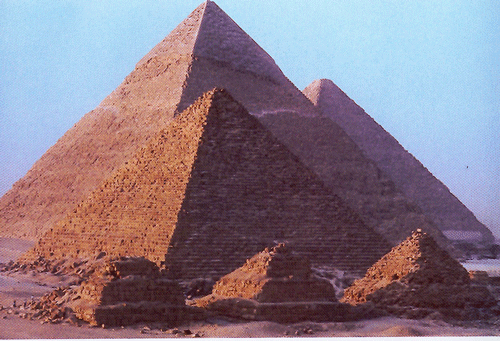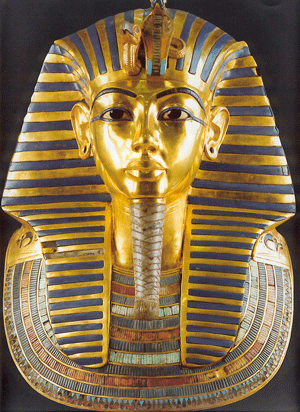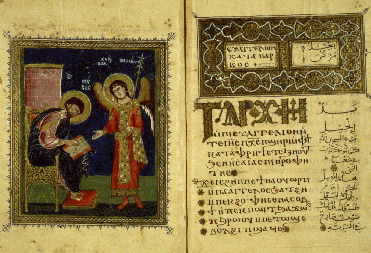|
Old Egyptian - up to about 2100BC Old Egyptian was spoken and written during the time of the pyramids. The writings inside the pyramids- the Pyramid Texts - are in this language. |
|
Middle Egyptian- 2100-1550BC This is the classical Egyptian writing. Most Egyptian literature was written in this language (it's quite similar to Old Egyptian). Even after people stopped talking it, around 1550BC, it was still used on monuments and temple inscriptions and writings by priests.
|
|
Late Egyptian - 1550-700BC In the New Kingdom people started talking a new version of Egyptian, although Middle Egyptian was still used in writing until about 1350BC (just before the time of Tutankhamun). So Tut would have spoken Late Egyptian. Writing on temple walls was still Middle Egyptian, though. |
|
Demotic - 700BC-AD250 Demotic began to be written and spoken about 700BC, when the people of Kush (Ethiopia) briefly ruled Egypt. After Alexander the Great conquered Egypt in 332BC, some people would also have spoken Greek.
|
|
Coptic - After AD 250 The Copts were the Christian descendents of the ancient Egyptians. Coptic has some similarities to the ancient Egyptian language, and today scholars get clues to the meaning of hieroglyphic words by looking at Coptic. Nowadays Coptic is only used in some churches, and though it is read out it is not understood. |
A Coptic Bible |
Arabic - after AD 640 After the Arabs conquered Egypt in AD 640, Arabic became the official language - and it still is today. The following place names are all Arabic: Cairo, Luxor, Aswan, Deir el Bahari, Giza, Amarna, and Karnak . |


